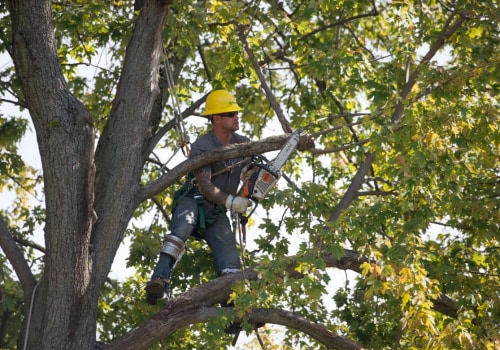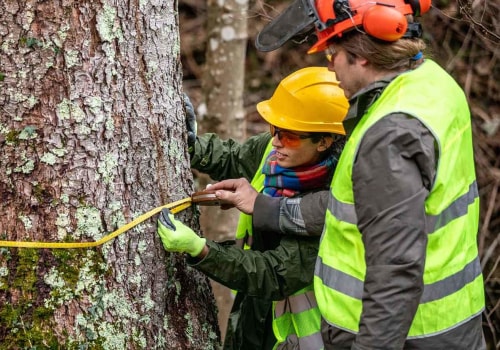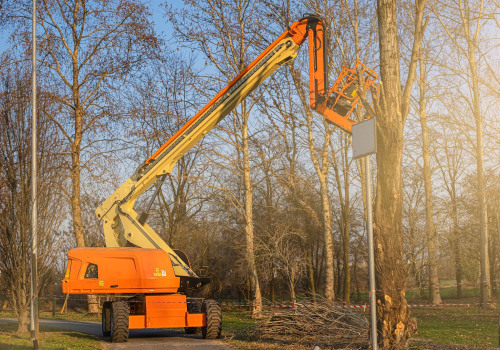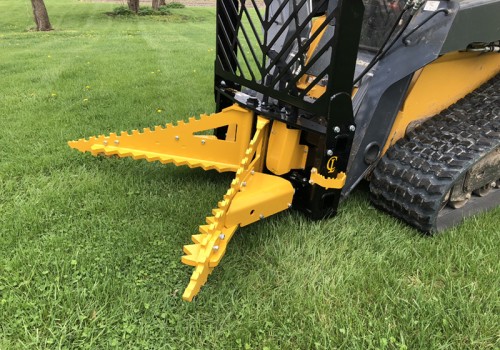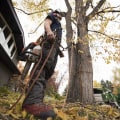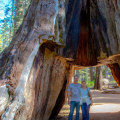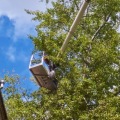When it comes to operating tree service equipment, safety should always be the top priority. To ensure the safety of workers and those around them, there are certain protocols that must be followed. These include using climbing belts, harnesses, and saddles correctly; inspecting and maintaining them regularly; setting up a safe area to avoid working under trees that are being pruned or removed or in windy conditions; and identifying and avoiding power lines and energized objects. It is also important to understand the capabilities and limitations of equipment and machinery.
When pruning trees near power lines, it is essential to comply with OSHA requirements. To protect against general liability claims, it is best to obtain insurance from a company that specializes in tree services. In some cases, the power company's tree contractors may need to complete their tree pruning project, either partially or fully. It is important for customers, owners, or companies that hire tree pruning services to be aware of the dangers and complexities of public services and trees. Before climbing a tree, it is important to inspect the root neck, trunk, and branches for strength and stability.
It is also important to explain the dangers of being close to power lines and help customers understand that residential tree crews may need to work together with the power company's tree contractors or linemen. Tree maintenance workers should always treat all power lines as if their lives depended on it. To determine the safest way to enter a tree and establish safe working procedures, a qualified tree worker (QTW) must complete an inspection. If a tree service company does not have one of these trained workers, it is even more important to understand the complexities surrounding the business of trimming trees and power lines. In some cases, a team effort between the tree service company and their tree pruning equipment and technicians may be beneficial. As an expert in tree service, I cannot stress enough how important it is to follow safety protocols when operating any type of equipment.
Not only will this help protect workers from potential harm, but it will also help protect customers from any liability claims that may arise from improper use of equipment or negligence. It is essential for all involved parties to understand the risks associated with working near power lines and energized objects as well as the capabilities and limitations of any machinery used. By following these safety protocols when operating tree service equipment, you can ensure that everyone involved remains safe while completing any job. From inspecting climbing belts, harnesses, and saddles regularly to understanding the complexities of working near power lines, these protocols are essential for any successful job.
